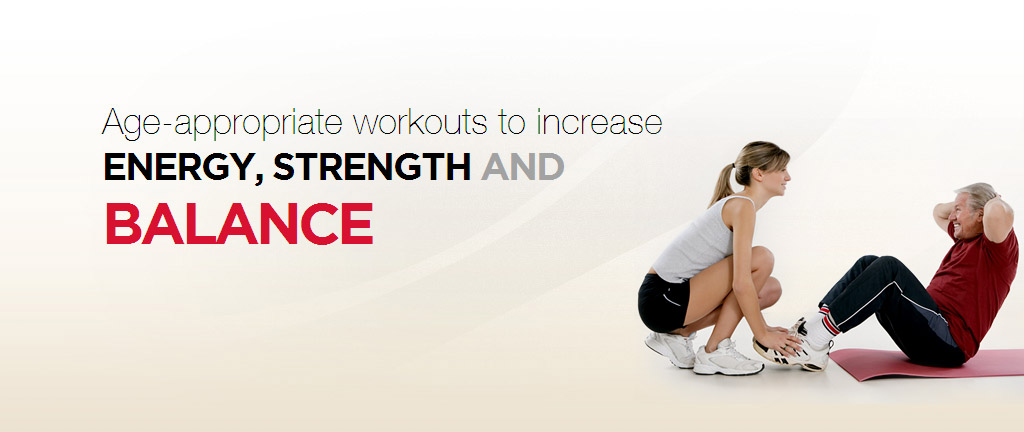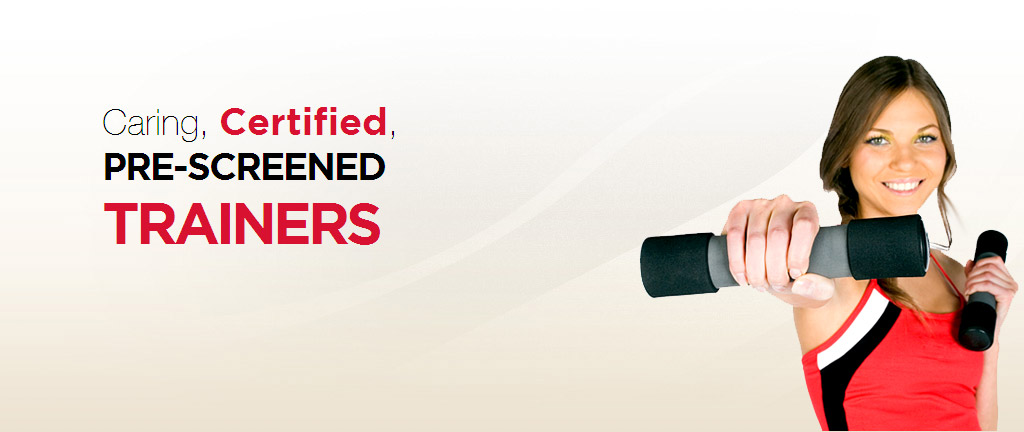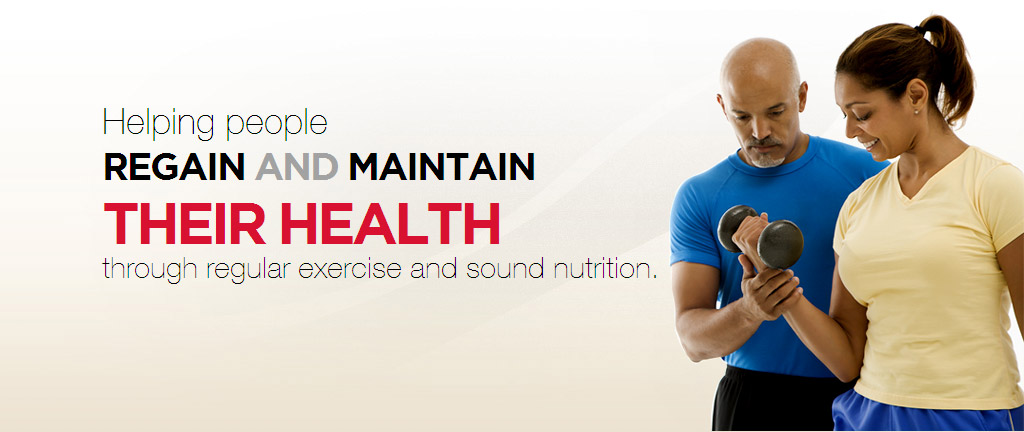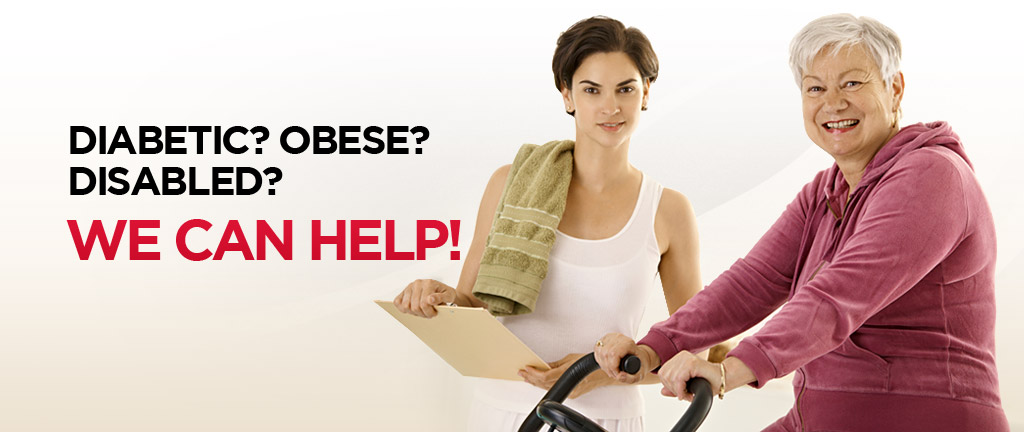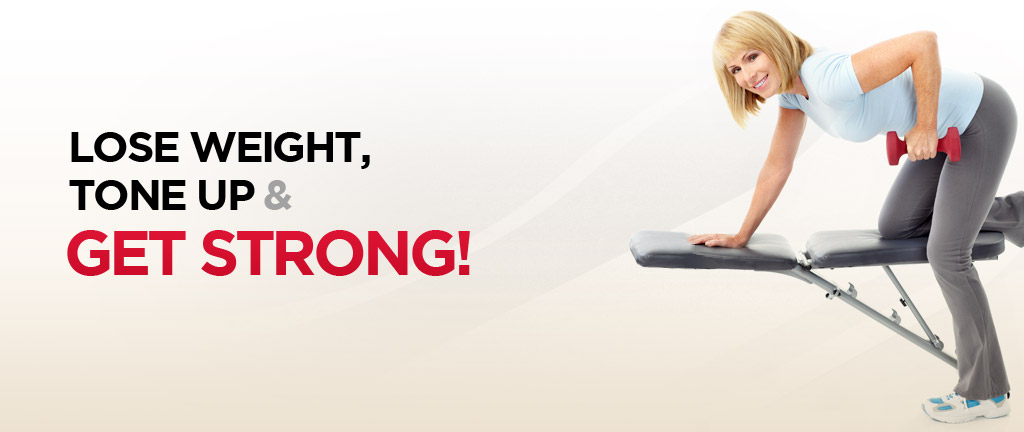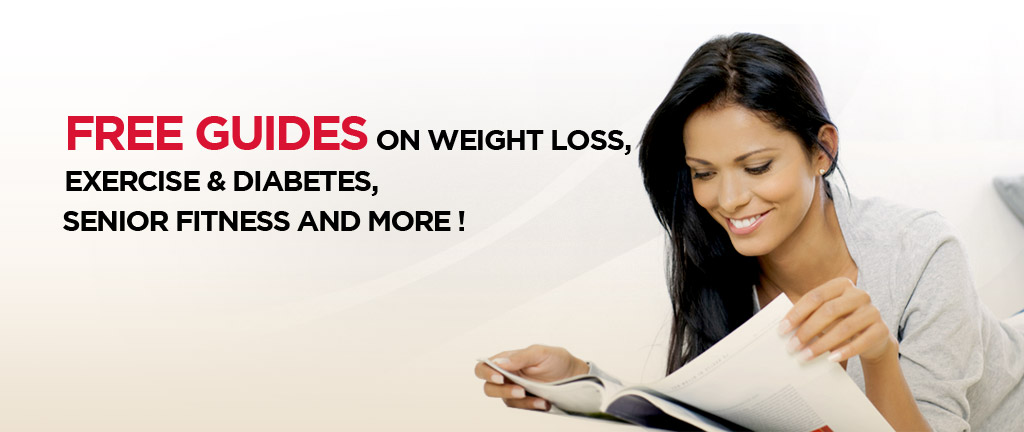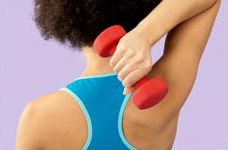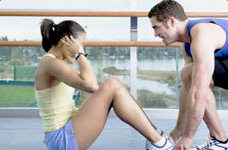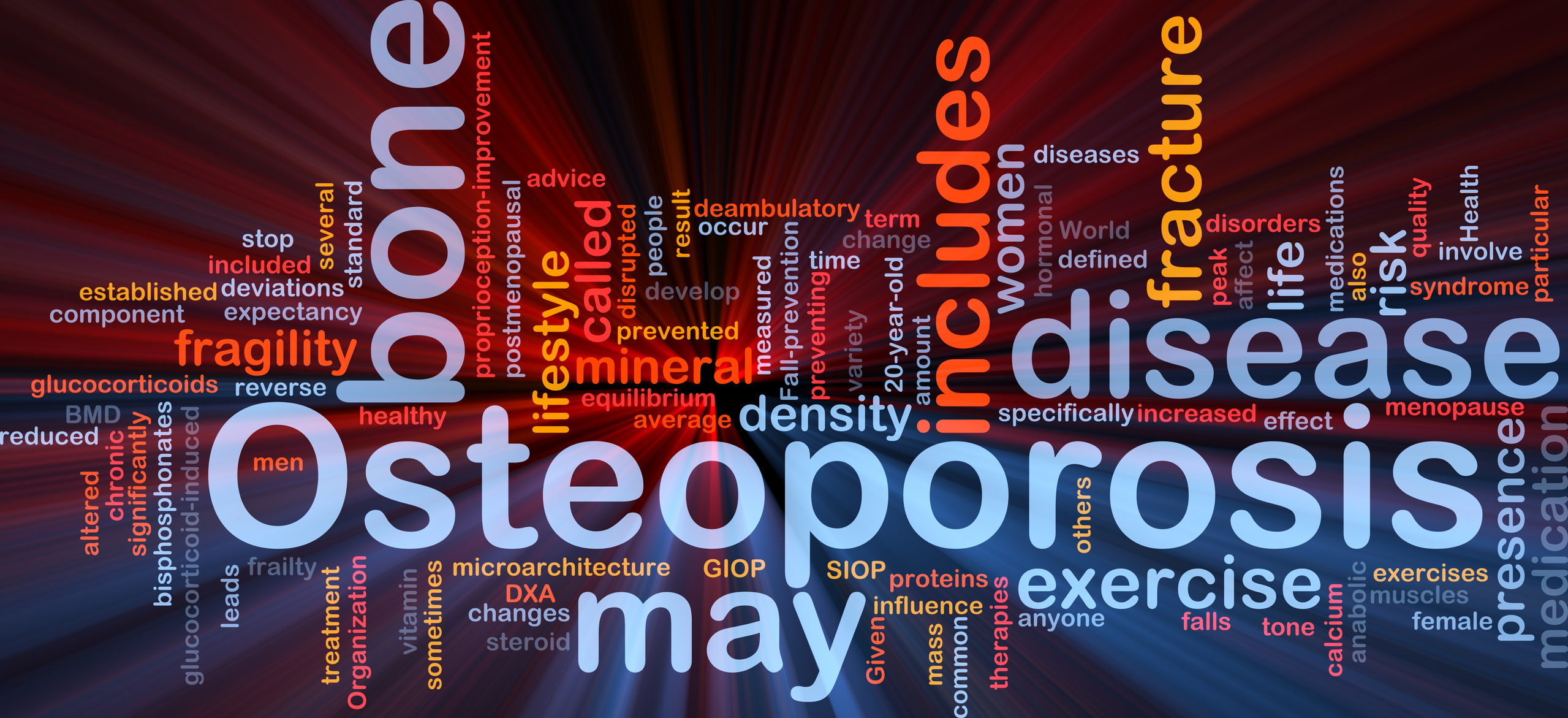
Bad to the Bone: Reduce Your Risk of Osteoporosis
According to the International Osteoporosis Foundation (IOF), by 2020, there will be approximately 47 million cases of low bone mass density in the United States, as well as 14 million cases of osteoporosis. That translates into millions of people at risk of severe, and possibly debilitating, fractures and other injuries as a direct result of poor bone strength.
The good news is that poor bone density is not a natural part of aging. With a combination of the right diet and exercise, you can dramatically reduce your risk of fractures and injuries.
What Exactly Is Osteoporosis
Osteoporosis is a condition in which there is a serious thinning or weakening of the bones, or reduction of bone density, increasing the risk of fractures. This is one of the more common and more dangerous aging-related health concerns. However, bone density can be lost, even without resulting in osteoporosis.
Who is at Risk?
According to the (IOF), 1 in 3 women over age 50 will experience osteoporotic fractures, as will 1 in 5 men aged over 50. Those are scary statistics, and underscore the importance of good bone density as a vital part of your heath as you get older.
Apart from being female and 50, your risks of suffering osteoporosis or reduced bone density increase significantly if you are Caucasian or Asian, a heavy drinker or smoker. Women who have irregular periods as a result of hormonal fluctuations, are also at a higher risk.
Persons who have suffered from an eating disorder in the past, are lactose intolerant, are extremely thin or have suffered a fracture in the past 2 years are at a higher risk of
suffering from osteoporosis. Long– term use of steroids, excessive presence of the thyroid hormone in women, and declining levels of testosterone in men are also major risk factors for reduced bone strength.
Risks Associated with Poor Bone Strength
One of the more common types of injuries associated with poor bone density are hip fractures. These fractures are not mild or moderate injuries. In the aging, they can even be fatal. In a person with osteoporosis, even basic daily activities can contain the potential for a fracture.
Other consequences of reduced bone strength include deformity, reduced mobility, and reduced strength.
How Do You Increase Bone Strength?
You can increase bone mass by making changes to your diet and incorporating significant physical activity into your daily routine.
As you get older, your risk of developing osteoporosis will depend on the amount of bone mass you have accumulated over the years. But it is never too late to invest in improving bone strength.
Eat more calcium– rich foods including dairy products, almonds, and broccoli. Talk to your doctor about calcium supplements. Increase your intake of vitamin D, either through natural sources like sunlight, or through dietary sources, like milk, salmon, and eggs.
The Role of Physical Activity in Bone Strength
Exercise can actually work to stimulate bone density. Exercise routines that involve staying on your feet, like walking, low– impact running, or dancing, that place some stress on your bones can actually trigger the production of bone proteins. This will make your bones stronger and denser. Working with elliptical training machines as well as low–impact aerobics, can also help.
Weight–bearing exercises have the highest impact on increasing bone density. However, avoid exercises that involve heavy– duty jumping and running as this may place undue stress on already weakened bones.
It is important to have a well–designed exercise routine in place to avoid the kind of injuries that can occur when you engage in strength training exercises. Consult a certified personal fitness trainer before you begin any kind of strength training program.
If you want assistance designing a fitness program to keep your body strong as you age we can help. Give us a call at 888-323-8677 and learn how we can help you reduce your risk of osteoporosis.


